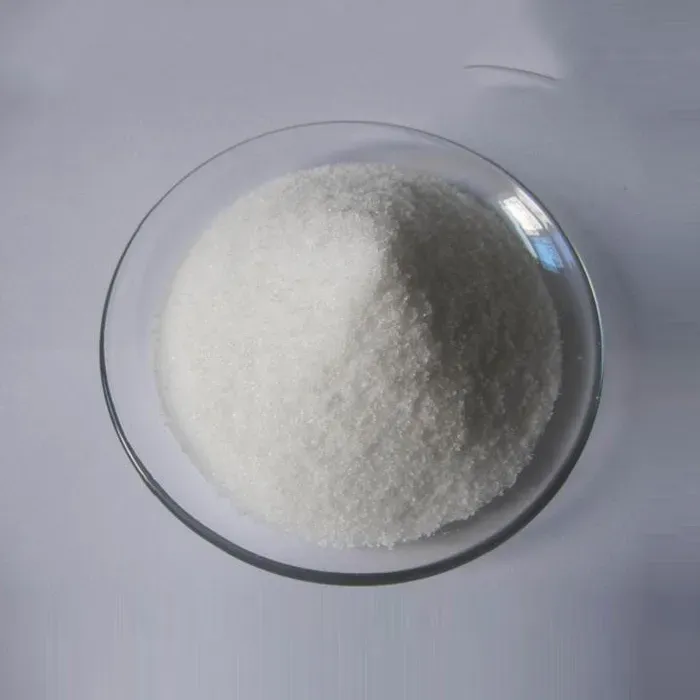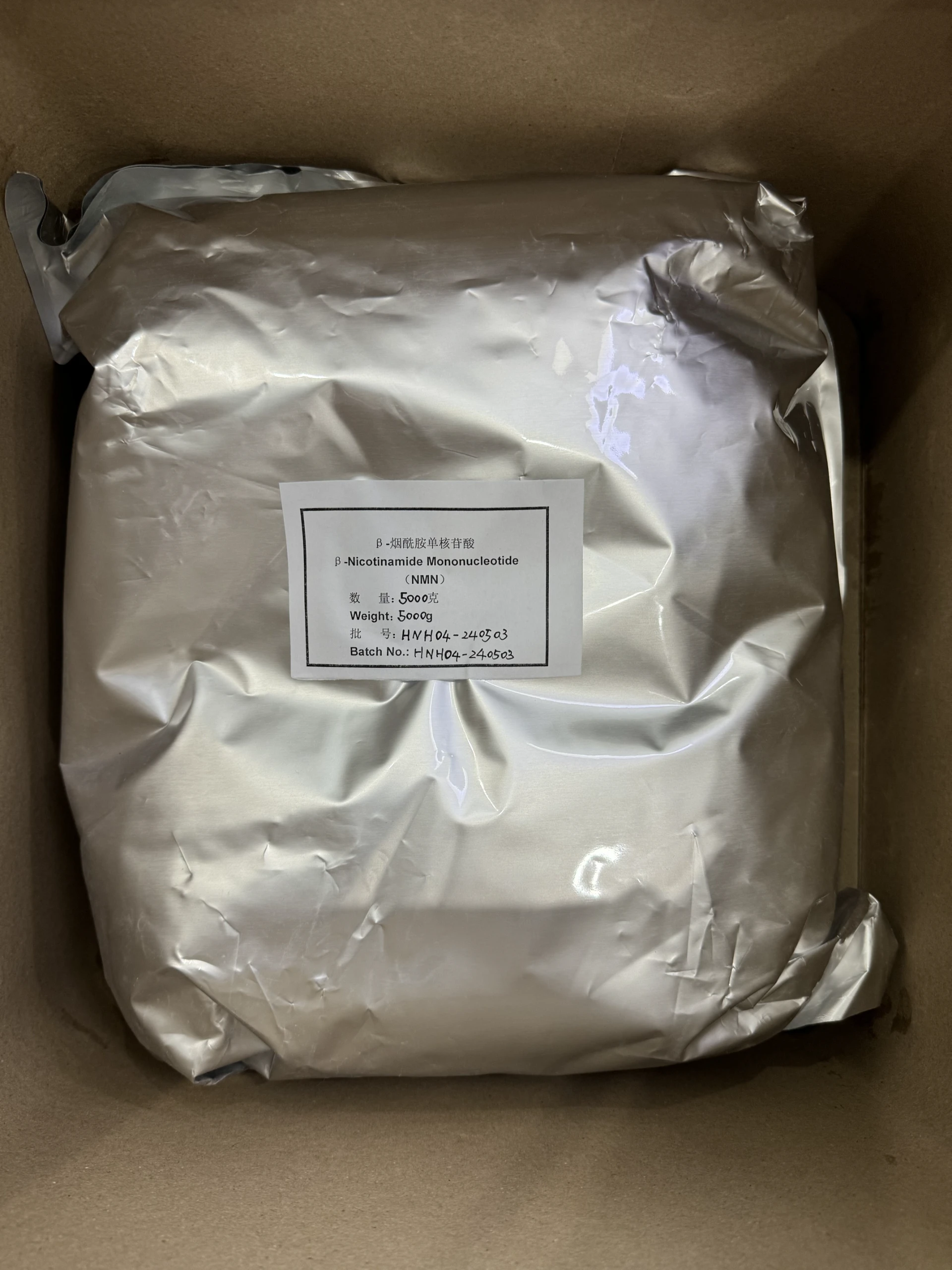

Recently, the application of biocides, specific chemical agents formulated to kill or inhibit the growth of harmful organisms, has gained attention. Biocides like iodine and bromine serve as alternatives in situations where chlorine and ozone might not be effective or feasible. Each biocide necessitates specific application expertise due to its unique chemical properties and potential interactions with other substances in water. When using biocides, it's essential to stay informed on their regulatory status and safety guidelines, ensuring compliance and safety. Furthermore, coagulation and flocculation represent a complementary chemical treatment used predominantly for removing suspended solids and colloidal particles. In this method, coagulants like alum or ferric chloride are added to destabilize particles, allowing them to clump together into larger flocs, which can then be easily removed by sedimentation or filtration. Although highly effective, precise dosing and close monitoring are crucial to avoid under or overuse, both of which can lead to suboptimal results or unintended environmental impacts. The exploration of emerging technologies such as nanotechnology and electrochemical treatment shows a promising future for chemical water purification. Nanomaterials have the potential to target specific contaminants at molecular levels, offering a tailored approach to purification, while electrochemical methods involve current application to induce chemical reactions that remove impurities. These technologies, still in developmental phases, demonstrate the direction in which water treatment solutions are evolving, focusing on efficiency and minimizing environmental impact. In conclusion, selecting the right chemical treatment for water purification entails a balance between efficiency, safety, cost-effectiveness, and environmental considerations. As advancements continue to emerge, integrating multiple methods and adapting to specific water quality challenges helps ensure reliable and sustainable water purification. Making informed decisions based on a thorough understanding of chemical treatment systems, legal frameworks, and operational expertise is paramount in maintaining high standards of water quality and public health. This holistic approach not only helps in achieving regulatory compliance but also in sustaining trust and reliability in water treatment solutions for years to come.
Next:

